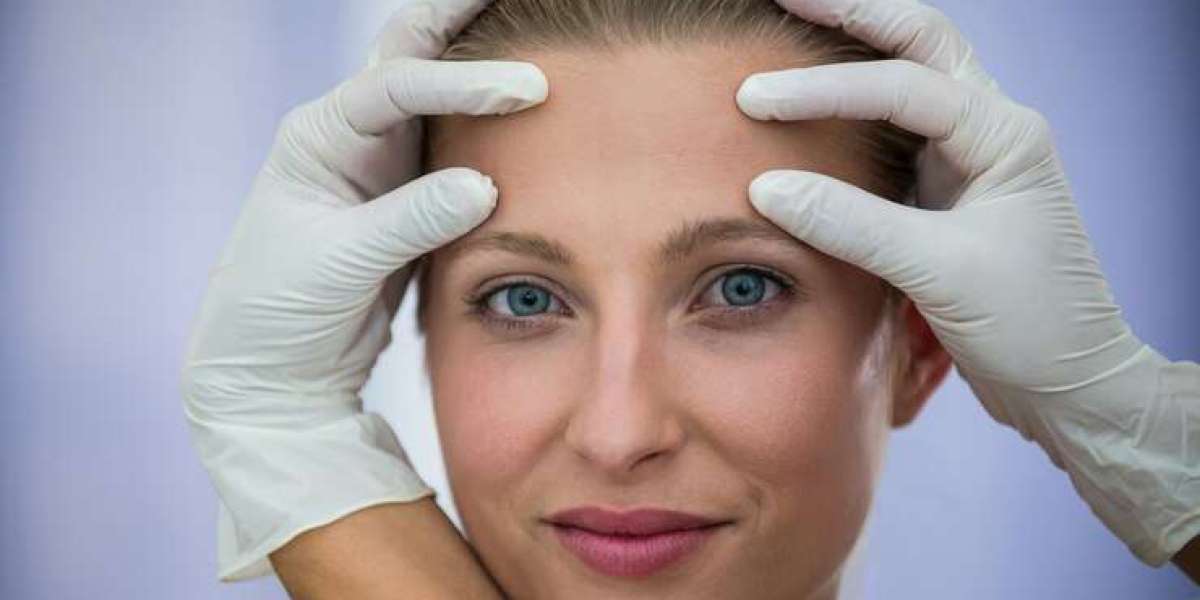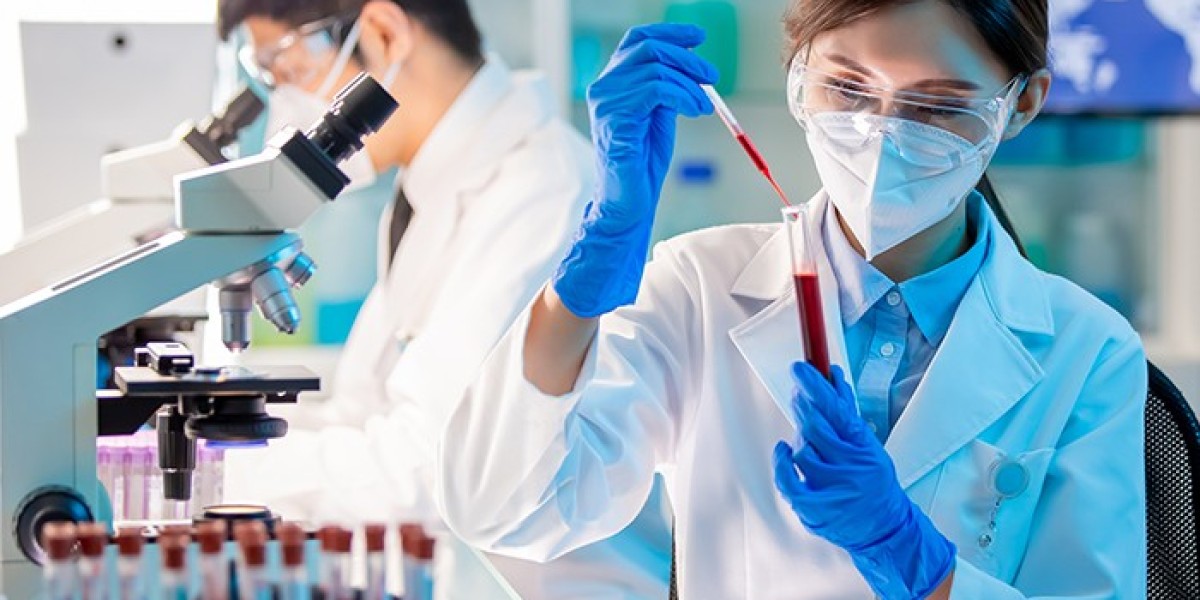Microneedling, a cosmetic procedure that has gained popularity recently, offers a non-invasive and effective way to rejuvenate the skin. This innovative technique involves using a device equipped with small needles that make minuscule punctures on the skin's surface, stimulating the body's natural healing processes. In this piece, we will explore the science behind microneedling, its benefits, the procedure itself, and what to expect in terms of results.
The Science Behind Microneedling
Microneedling, or collagen induction therapy, capitalizes on the skin's ability to repair and regenerate itself. The procedure triggers collagen and elastin production, two proteins crucial for maintaining the skin's firmness and elasticity. As the microneedling device creates controlled micro-injuries, the body responds by sending healing agents to the affected areas, promoting the formation of new collagen fibres.
Collagen provides reinforcement and structure to the skin. As we age, collagen formation reduces, leading to wrinkles, fine lines, and sagging skin—microneedling acts as a catalyst to jumpstart collagen synthesis, resulting in a more youthful and vibrant complexion.
Benefits of Microneedling
Improved Skin Texture: One of the primary benefits of microneedling is skin texture enhancement. The process assists in reducing the appearance of acne scars, fine lines, and enlarged pores, giving the skin a smoother and more refined surface.
Collagen Production: Microneedling stimulates collagen production, which is essential for maintaining skin elasticity. This can lead to firmer, more resilient skin, reducing the signs of aging.
Increased Absorption of Topical Products: The micro-channels created during microneedling allow for better absorption of topical products. This means skincare products applied after the procedure can penetrate deeper into the skin, maximizing their effectiveness.
Reduction of Hyperpigmentation: Microneedling has shown promising results in reducing hyperpigmentation, including dark spots and melasma. The controlled injury the needles create prompts the skin to regenerate, gradually diminishing uneven skin tone.
Minimal Downtime: Unlike more invasive procedures, microneedling typically has minimal downtime. Patients may see redness and mild swelling immediately after the procedure, but these side effects usually subside within a few days.
The Microneedling Procedure
Before undergoing microneedling, it's essential to consult with a qualified dermatologist or licensed skincare professional to assess whether you are a suitable candidate for the procedure. The practitioner will discuss your skincare goals, medical history, and potential risks during the consultation.
The microneedling procedure itself involves the following steps:
Cleansing: The skin is thoroughly cleansed to remove any makeup, oil, or debris.
Topical Anesthesia (Optional): Depending on the depth of the treatment and individual pain tolerance, a topical numbing cream may be used to reduce discomfort.
Microneedling: The microneedling device, which can vary in needle length, is carefully moved across the targeted areas. The needles create controlled micro-injuries in the skin.
Post-Treatment Care: A soothing serum or moisturizer may be applied to help calm the skin after the procedure. Patients are counselled to avoid direct sun exposure and use sunscreen to protect the treated areas.
What to Expect After Microneedling
While microneedling is generally well-tolerated, patients may experience some redness, swelling, and mild discomfort immediately following the procedure. These side effects are usually temporary and resolve within a few days. It's crucial to follow post-treatment care instructions provided by the practitioner to optimize healing and results.
Over the next few weeks, patients may notice improvements in skin texture, firmness, and overall complexion. However, multiple sessions are often recommended for optimal results, spaced several weeks apart. The number of sessions needed depends on individual skin concerns and the desired outcome.
Who Can Benefit from Microneedling?
Microneedling is a versatile therapy suitable for various skin types and concerns. It can benefit individuals with:
- Acne scars
- Fine lines and wrinkles
- Uneven skin texture
- Enlarged pores
- Hyperpigmentation
- Stretch marks
However, certain conditions may contraindicate microneedling, such as active infections, recent sunburn, or a history of keloid scarring. Pregnant women and individuals with autoimmune disorders should consult with their healthcare provider before undergoing microneedling.
FAQs
1. What Is the Ideal Frequency for Microneedling Sessions?
The frequency of microneedling sessions varies based on individual skin concerns and treatment goals. In general, a series of sessions spaced several weeks apart is recommended. Most individuals see noticeable improvements after 3 to 6 sessions. However, your skincare professional will determine the exact frequency based on your unique needs and the desired outcome.
2. Is Microneedling Painful, and Is There Downtime?
While microneedling may cause some discomfort, especially without topical anesthesia, it is generally well-tolerated by most individuals. The procedure itself is brief, and any discomfort is often mild. Downtime is minimal, with common side effects including redness and swelling that typically resolve within a few days. Many people resume regular activities shortly after the treatment, though post-care instructions should be followed to optimize results.
3. Can Microneedling Be Combined with Other Cosmetic Procedures?
Microneedling can be blended with other cosmetic procedures, depending on individual goals and the advice of your skincare professional. Combining treatments like microneedling with chemical peels or laser therapy may enhance overall results. However, discussing your complete skin care regimen and any previous procedures with your practitioner is crucial to ensure compatibility and avoid potential complications.
Conclusion
Microneedling has arisen as a popular and effective solution for skin rejuvenation, offering a non-invasive way to address various skin care concerns. By harnessing the body's natural healing mechanisms, microneedling stimulates collagen production, improving skin texture, firmness, and a youthful appearance.
As with any cosmetic procedure, conferring with a professional to determine the suitability of microneedling for your specific needs is crucial. While the procedure is generally well-tolerated with minimal downtime, individual experiences may vary. With its proven benefits and versatility, microneedling continues to be a go-to option for those seeking a revitalized and refreshed complexion.








